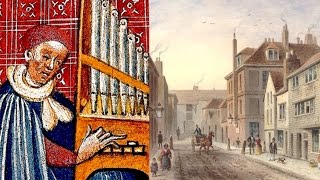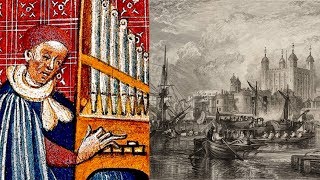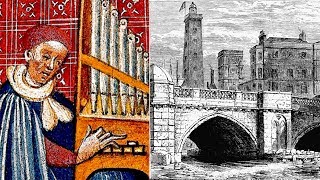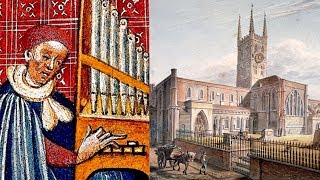Friday, 02 January, 2026г.
















Где искать: по сайтам Запорожской области, статьи, видео ролики
пример: покупка автомобиля в Запорожье
Starling Goodwin (1711 - 1774): Newington (Hymn Tune with Introduction)
http://Rousseau.SHP.media Blind musician Starling Goodwin (1711 - 1784) was a church organist and composer living and working in 18th century London, England. After his death, his son, William Goodwin, also an organist and composer, published "The Complete Organists Pocket Companion" by his father, which gives a good insight into the method and style of congregational singing and organ accompaniment in the Georgian period.
The book contains many of the hymn tunes played by Starling Goodwin who was organist of several London churches simultaneously, including St Saviour's, Southwark (now Southwark Cathedral), St Olave's, Southwark, St Mary Magdalen, Bermondsey, and St Mary, Newington-Butts.
Some of the tunes include those composed by Starling Goodwin himself, as in the example given here - "Newington" - named after the Lambeth, Surrey, hamlet where he was organist.
For each tune, he includes a "giving-out" (an introduction). This is a simple two-part statement with just the tune and the bass, but the tune is usually ornamented with grace notes and trills, as here. There follows the more solid four-part version of the tune intended to support the congregation. In this example, three verses are played. The words sung were metrical translations of the psalms.
For tunes that went with psalms that had a larger number of verses, Starling Goodwin includes two or more free-style interludes, intended to be played in between the verses to give the congregation a short break. Regardless of whether or not the main tune was written by him, these interludes are all original short compositions by Starling Goodwin and are therefore interesting in their own right. (No interludes were included for "Newington" which is represented by just the "giving-out" and the main accompaniment.)
For a more detailed biography of Starling Goodwin, please go to http://Rousseau.SHP.media
Теги:
Starling Goodwin (composer) Organ (Musical Instrument) Newington (City/Town/Village) St Mary's Church Newington (Structure) Hymn Tune (Composition Type) 18th Century (Event) London (City/Town/Village) Bishopsgate (Location) Southwark Cathedral (Place Of Worship) Psalms (Book) Georgian (Architectural Style)
Похожие видео
Мой аккаунт


 У вашего броузера проблема в совместимости с HTML5
У вашего броузера проблема в совместимости с HTML5


